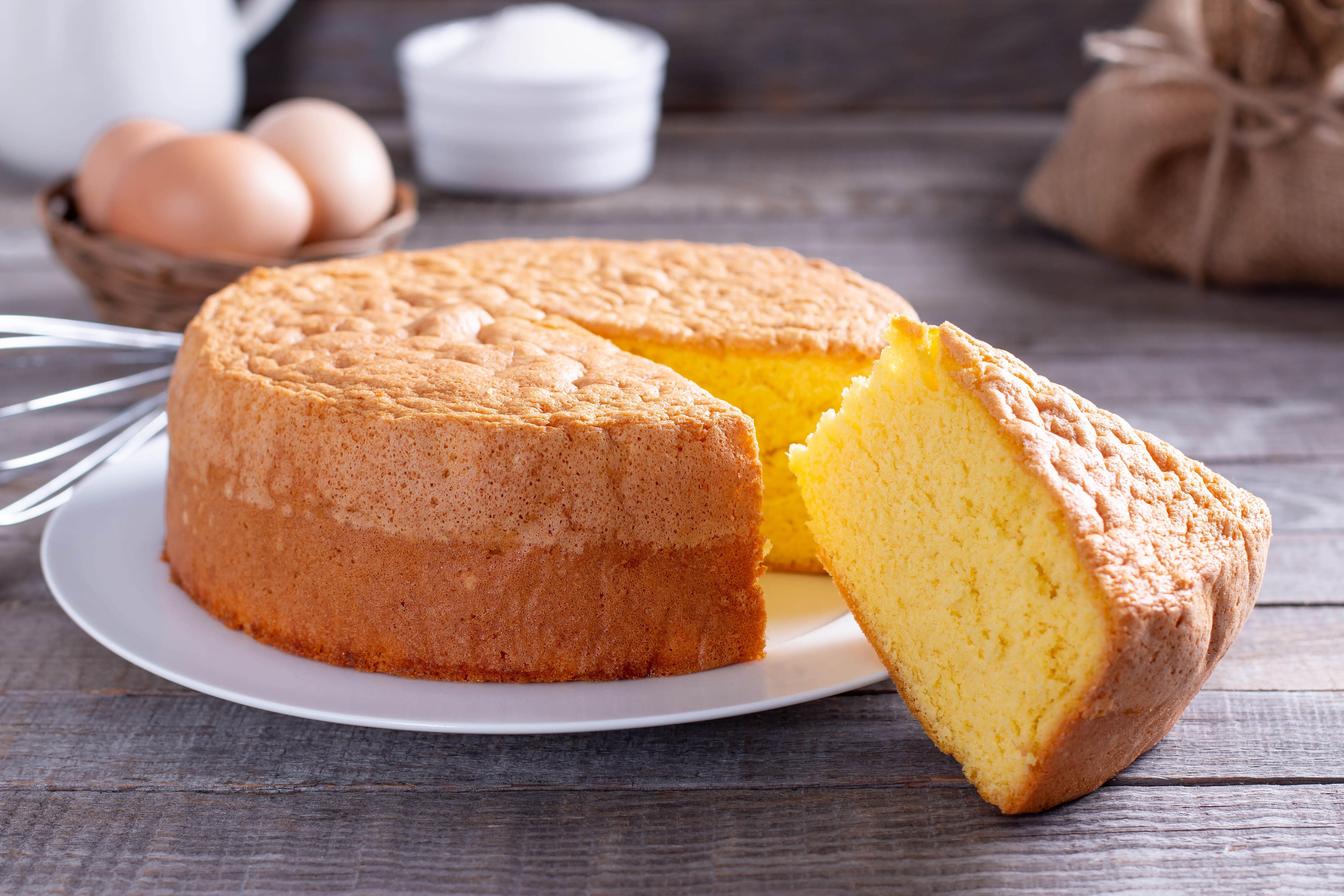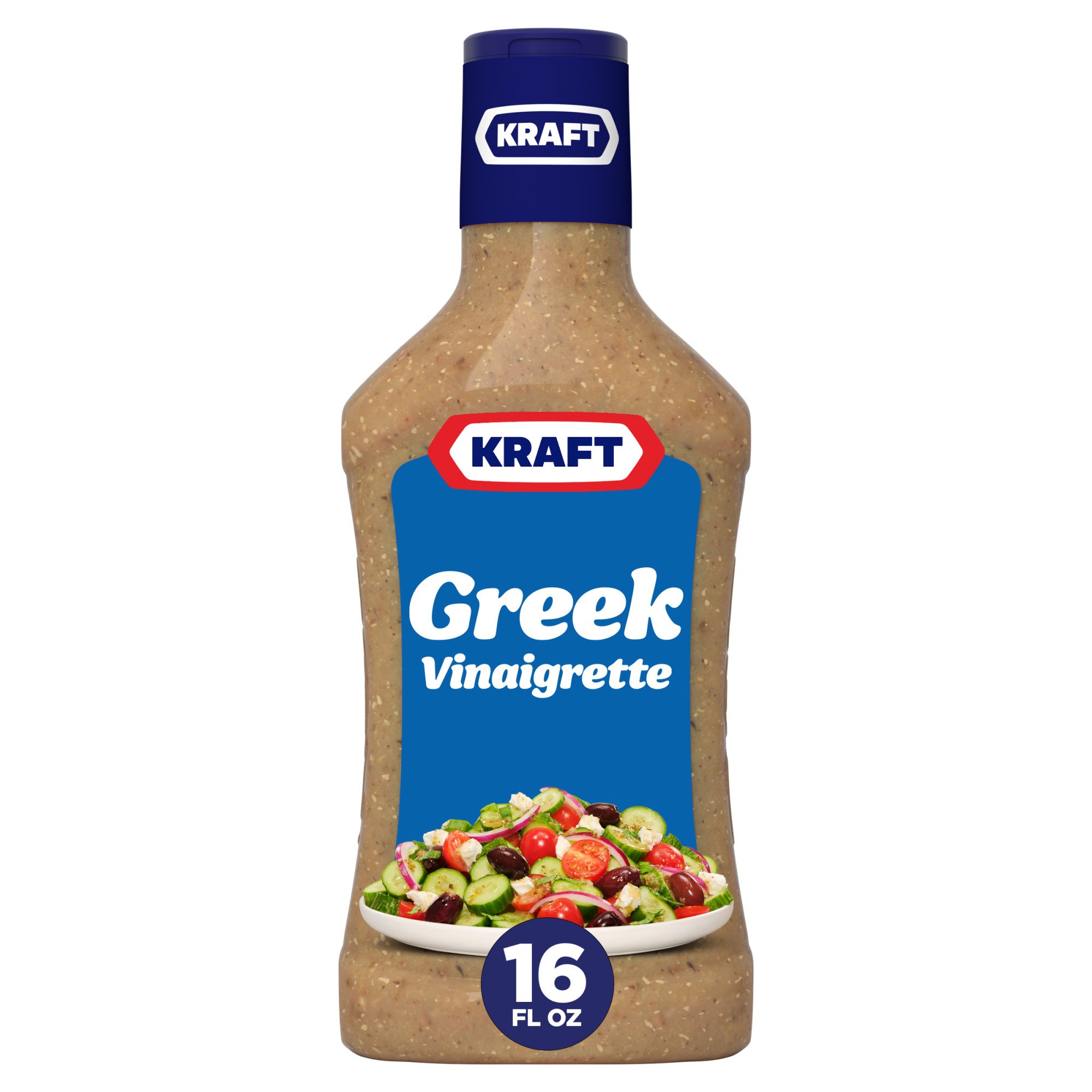La Palabra Recipe En Espanol
La palabra recipe en espanol, a phrase that might sound a bit peculiar at first, actually reveals a fascinating aspect of Spanish culture. It’s not about a literal recipe using “la palabra” as an ingredient, but rather about the role of language, specifically the word “palabra,” in shaping Spanish culinary traditions and practices.
From the historical significance of “la palabra” in Spanish food customs to its modern-day presence in the language and literature, we’ll embark on a journey to understand how this seemingly simple word has woven itself into the fabric of Spanish cuisine.
Understanding “La Palabra Recipe”

In the world of Spanish cuisine, “la palabra” holds a unique and intriguing place. It’s not a traditional ingredient you’d find in a recipe book, but rather a powerful concept that infuses Spanish cooking with its essence. This article delves into the multifaceted meaning of “la palabra” in Spanish cuisine, exploring its culinary uses, linguistic nuances, and cultural significance.
What is “La Palabra”?
“La palabra” translates directly to “the word” in English. In Spanish cuisine, however, it takes on a metaphorical meaning, representing the spoken word’s ability to influence, shape, and enhance the culinary experience. Think of it as the essence of communication, storytelling, and tradition that permeates every step of the cooking process, from the selection of ingredients to the final presentation of a dish.
Examples of “La Palabra” in Spanish Recipes
While “la palabra” isn’t a tangible ingredient, its influence is evident in numerous Spanish recipes. Consider these examples:
- Paella Valenciana: This iconic dish is known for its vibrant flavors and the passionate stories associated with its preparation. The “la palabra” here lies in the shared traditions and storytelling surrounding its creation, passed down through generations of families.
The act of preparing paella together, sharing stories, and savoring the dish creates a sense of community and connection, further enriching the culinary experience.
- Gazpacho: This refreshing cold soup is a staple of Spanish summer cuisine. The “la palabra” in gazpacho lies in the simplicity of its ingredients and the artistry of combining them. The recipe often relies on passed-down techniques and a keen sense of taste, allowing for subtle variations based on personal preference.
This emphasis on individual interpretation and the unspoken language of taste adds a layer of depth to the dish.
Historical and Cultural Significance of “La Palabra”
The concept of “la palabra” in Spanish cuisine has deep historical roots. Spain’s rich culinary heritage is intertwined with its history of trade, conquest, and cultural exchange. From the Moorish influence in Andalusia to the legacy of Spanish colonialism in the Americas, “la palabra” has played a crucial role in shaping the nation’s culinary identity.
The transmission of recipes, cooking techniques, and cultural traditions through spoken word has been instrumental in preserving and evolving Spanish cuisine over centuries.
Culinary Uses of “La Palabra”
“La palabra” is not simply a passive concept in Spanish cuisine. It actively influences the way dishes are prepared, presented, and enjoyed. Here’s how:
“La Palabra” as a Guide

“La palabra” serves as a guide in the kitchen, directing the cook’s decisions and techniques. It encompasses the unspoken knowledge passed down through generations, the wisdom of experienced cooks, and the personal touch that each chef brings to their creations.
This guidance can manifest in various forms:
- Seasoning and Flavoring: “La palabra” often guides the cook’s hand in seasoning, ensuring that each dish is balanced and harmonious. It’s about understanding the subtle nuances of flavors and knowing when to use a light touch or a bold hand.
- Cooking Techniques: “La palabra” informs the choice of cooking techniques, ensuring that each ingredient is treated with respect and care. Whether it’s slow-braising a piece of meat or gently simmering a pot of soup, “la palabra” ensures that the dish reaches its full potential.
- Presentation: “La palabra” extends beyond the cooking process, influencing the way dishes are presented. It’s about creating a visual and sensory experience that complements the flavors and textures of the food. From the choice of serving dishes to the artful arrangement of ingredients, “la palabra” enhances the overall dining experience.
“La Palabra” as a Catalyst for Innovation
While “la palabra” emphasizes tradition, it also serves as a catalyst for innovation. It encourages chefs to experiment, explore new ingredients, and reinterpret classic recipes. This ongoing dialogue between tradition and innovation is what keeps Spanish cuisine vibrant and dynamic.
Linguistic and Cultural Context

“La palabra” is more than just a culinary concept. It reflects the deeper meaning and nuances of the Spanish language and culture. Understanding these aspects provides a richer appreciation for the role of “la palabra” in Spanish cuisine.
The Power of the Spoken Word
In Spanish culture, the spoken word holds immense power. It’s a tool for communication, storytelling, and creating bonds. “La palabra” in cuisine embodies this cultural value, recognizing the importance of sharing stories, recipes, and culinary traditions through verbal exchange.
“La Palabra” as a Symbol of Identity
The use of “la palabra” in Spanish cuisine reflects the country’s strong sense of identity. It’s a reminder of the shared history, values, and traditions that define Spanish culture. Through the act of cooking, sharing, and enjoying food, Spaniards celebrate their heritage and connect with their roots.
Evolution of “La Palabra”, La palabra recipe en espanol
The concept of “la palabra” has evolved over time, reflecting the changing landscape of Spanish society. With the rise of globalization and the influence of other culinary traditions, “la palabra” has become more inclusive, embracing new ingredients, techniques, and interpretations.
This evolution highlights the dynamic nature of Spanish cuisine and its ability to adapt and grow while remaining true to its core values.
“La Palabra” in Art and Literature

“La palabra” transcends the realm of cuisine, finding its way into Spanish art and literature. It’s a recurring theme that explores the power of language, storytelling, and the human experience.
“La Palabra” in Spanish Art
Spanish art often features “la palabra” as a motif, exploring its symbolic meaning and impact on human expression. For example, the works of Pablo Picasso and Salvador Dali often incorporate words and text into their compositions, highlighting the interplay between visual and verbal communication.
“La Palabra” in Spanish Literature
Spanish literature is rich with examples of “la palabra” as a central theme. From the works of Miguel de Cervantes to the contemporary writings of Isabel Allende, Spanish authors have explored the power of language to shape our perceptions, tell stories, and connect us to our shared humanity.
“La Palabra” as a Symbol of Creativity
In both art and literature, “la palabra” represents the boundless creativity of the human spirit. It’s a reminder that language, in all its forms, has the power to inspire, transform, and leave a lasting impact on our world.
“La Palabra” in Daily Life: La Palabra Recipe En Espanol
The concept of “la palabra” extends beyond the kitchen, permeating all aspects of daily life in Spain. It’s a fundamental part of social interactions, business transactions, and education.
| Context | Examples of “La Palabra” Usage | Impact of “La Palabra” on the Context | Cultural Significance of “La Palabra” in the Context |
|---|---|---|---|
| Social Interactions | Greeting someone with a warm “Hola,” engaging in lively conversations, sharing stories and jokes | Creates a sense of connection, fosters relationships, and strengthens social bonds | Emphasizes the importance of communication, storytelling, and interpersonal connection in Spanish culture |
| Business | Negotiating deals, making promises, building trust and rapport with clients | Facilitates transactions, builds relationships, and fosters a sense of fairness and integrity | Reflects the value placed on honesty, transparency, and mutual respect in Spanish business practices |
| Education | Teaching and learning, sharing knowledge, fostering critical thinking and debate | Promotes intellectual growth, encourages critical analysis, and cultivates a love of learning | Highlights the importance of education, intellectual discourse, and the pursuit of knowledge in Spanish society |
| Art and Culture | Creating works of art, writing poetry and prose, expressing emotions and ideas | Inspires creativity, promotes self-expression, and enriches the cultural landscape | Reflects the rich artistic heritage and the value placed on creative expression in Spanish culture |
Wrap-Up

As we delve deeper into the world of “la palabra recipe,” we uncover a rich tapestry of culinary traditions, linguistic nuances, and cultural expressions. It’s a reminder that language is not just a tool for communication, but also a powerful force that shapes our understanding of the world, including our food.
:max_bytes(150000):strip_icc():gifv()/Fried-Mac-and-Cheese-Bites-30_preview-2000-4bbe23333ca74a1599fe337379e933c5.jpg)



Post a Comment for "La Palabra Recipe En Espanol"